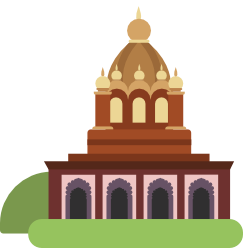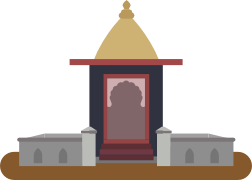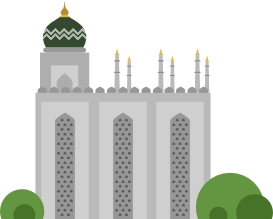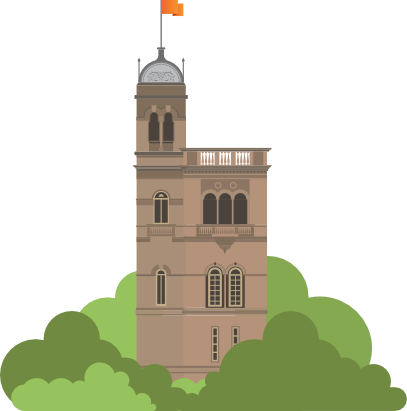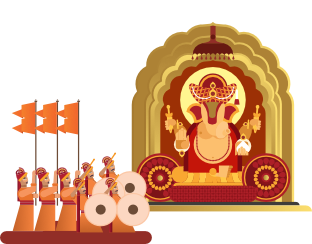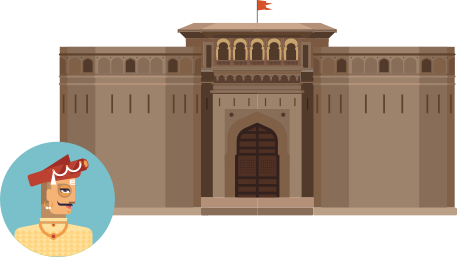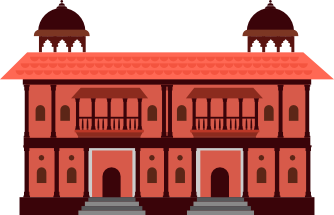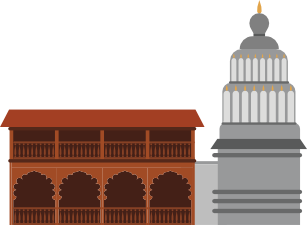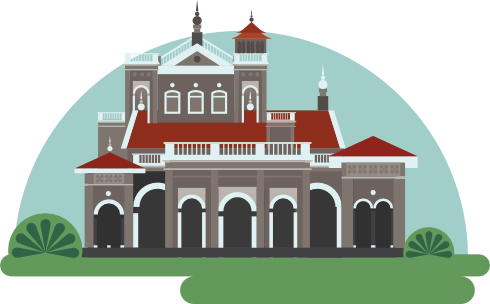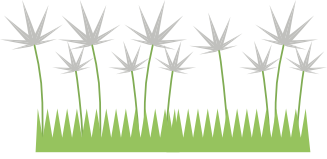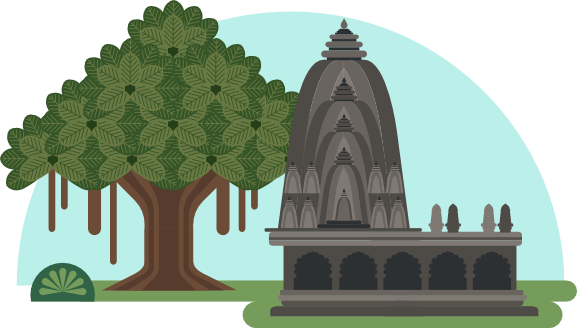
Vegre
Mutha river source
Polygonum Glabrum
Temghar
dam
Mose
River
Ambi
River
Warasgaon
Dam
Panshet
Dam
The Mutha banks once had dense forest cover. Fossils discovered along its banks suggest presence of elephant and large cattle called Auroch, now extinct.
Muleshwar Temple
Mula river source
Manas Lake
Mutha
River
Panshet Dam
Primarily built for irrigation in the late 1950s on the Ambi river 50 kms south-west of Pune it provides drinking water to the city.
Also called Tanajisagar dam, it burst in its first year of storing water in 1961 because of total absence of RCC strengthening. It caused massive flooding in the city resulting in loss of life and property.
Sinhagad Fort
Formerly called Kondana, it earned its name after the iconic fight of Maratha warrior Tanaji Malusare against Udaybhanu, the Mughal general.
Pawna
Lake
Pawna
River
Source
Mulshi
Dam
Mula
River
Ram
Nadi
Khadakwasla
Dam
NDA Hills
Vetal Hills
Bhikar Dam
Taljai Hills
Katraj Lake
Man-made lake built in 1750 during the Peshwa era. The intricate katraj water system comminsioned by Peshwa Bajirao II supplied water through an underground canal to the old city of Pune.
Parvati Hill
The heart of the city on which is the Parvati Temple, built during the rule of the Peshwa dynasty in 1749.
Pashan
Lake
Rajaram
Bridge
Mhatre
Bridge
Little Grebe
Ambil
Odha
New
Diverted
Course
Ambil Odha
old course
Joshi
Bridge
Chavan
Bridge
Sarasbaug
The Ganesh temple in Sarasbaug was built in 1784 under the direction of Nana Saheb Peshwa.
Mutha
Bank
Canal
Nana Saheb
Peshwa Samadhi
Sambhaji
Bridge
Famously known as Lakdi pool ( Timber Bridge) is the first bridge to be built over Mutha by visionary Nanasaheb Peshwe Legend says, it was built to provide a back-door entry to the troops after Panipat war.
Bhide
Bridge
Omkarehwar
Temple
Deccan Masjid
Pune
University
Shinde
Bridge
Dashakriya
Ghat
Pataleshwar
Temple
Tilak
Bridge
Ganesh Utsav
Popularized by Bal Gabgadhar Tilak during the freedom struggle, the annual Ganesh festival is the high light of Pune’s culture.
White-browed
Wagtail
Shaniwar Wada
Built in 1732, it was the seat of the great Peshwas.
Shivaji Bridge
Formally known as Lloyd’s Bridge
Shree
Kasba
Ganapati
Lal Mahal
Sangameshwar
Temple
KUMBHARVES
The small dam constructed in the peshwa era marked the boundary of the then Pune. The british rebuilt it after it was destroyed in a flood. The remains can be still seen under the dengle bridge.
Dengale
Bridge
Bopodi
Bridge
River Tern
Pheasant-tailed Jacana
Sangam
Bridge
Formerly known as the Wellesley bridge, it was rebuilt after the Panshet floods and named Sangam bridge after the confluence of the rivers- Mula and Mutha.
Nagzhari Nala
Mula
River
New Yerwada
Bridge
Holkar
Bridge
Sangamwadi
Bridge
Mula
meets
Mutha
Pune
Municipal
Coorporation
Nageshwar
Temple
AIIMS
Shri Shivaji
Preparatory
Military School
Ambedkar
Bridge
Ganapti
Ghat
Discovery of stone age tools on the
riverbank near Bund garden suggest that
the river dates back to pre-historic times.
These tools belong to Homo erectus and
Homo sapiens.
Bund Garden
Bridge
Bund Garden bridge, earlier known as Fitzgerald bridge, was built in 1867 by the British
Bund Garden Bandhara
Built in 1852, to retain water to be supplied to Pune Cantonment. It was named Jamsetjee Jejeebhoy bund
Dr Salim Ali Bird
Sanctuary
Environmentalist Mr. Prakash Gole created a bird sanctuary on the banks of Mula-Mutha in 1978.
Yerwada
Bridge
Empress Garden
Painted
Stork
Agakhan
Bridge
Bhairoba Nala
Agakhan Palace
Crinum Viviparum
Bhimashankar
Temple
Built in the 13th century, the Bhimashankar temple is one of the 12 holy Shiva temples (Jyotirlinga). The architecture is a composite of old and new structures in the Nagara style of architecture.
Source of Bhima river
Bhama river
Indrayani river
Bhima river
Velu river
Mula-Mutha
meets Bhima
Ujani dam
Vitthal Temple
Pandharpur
Chandrabhaga / Bhima River
Krishna River
Bhima meets Krishna
Mutha
Bank
Canal
Mula
River







